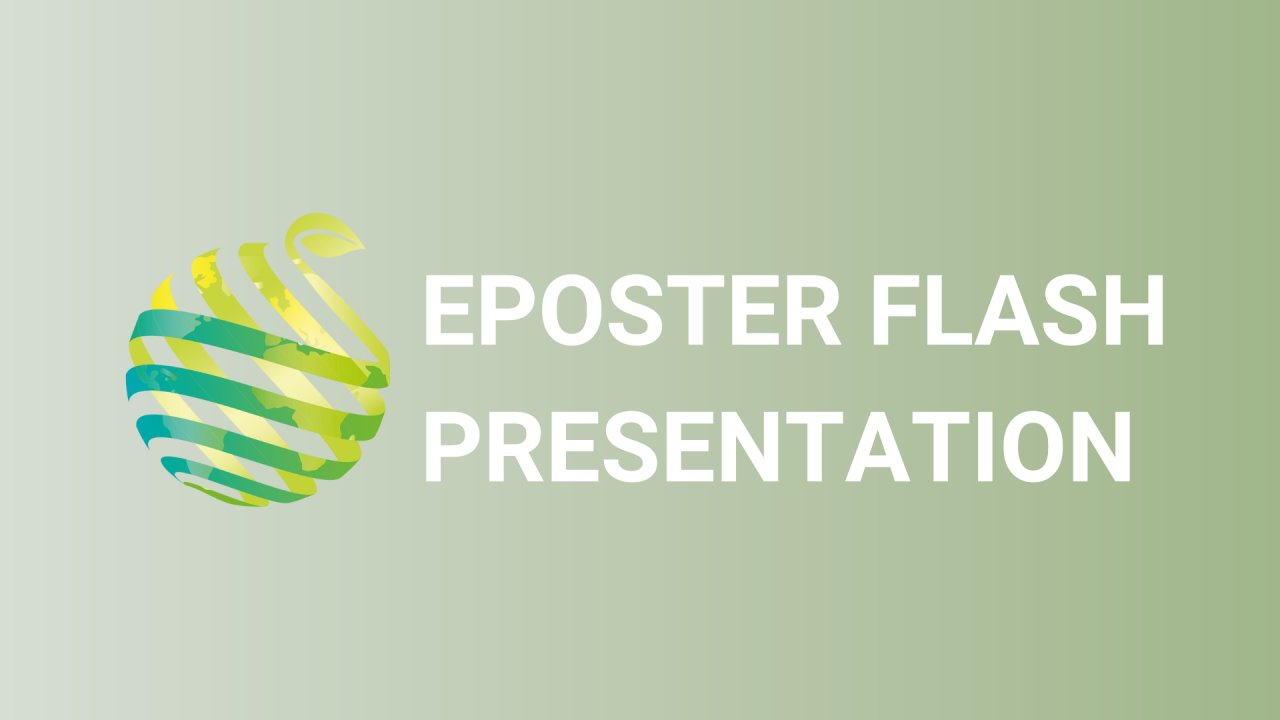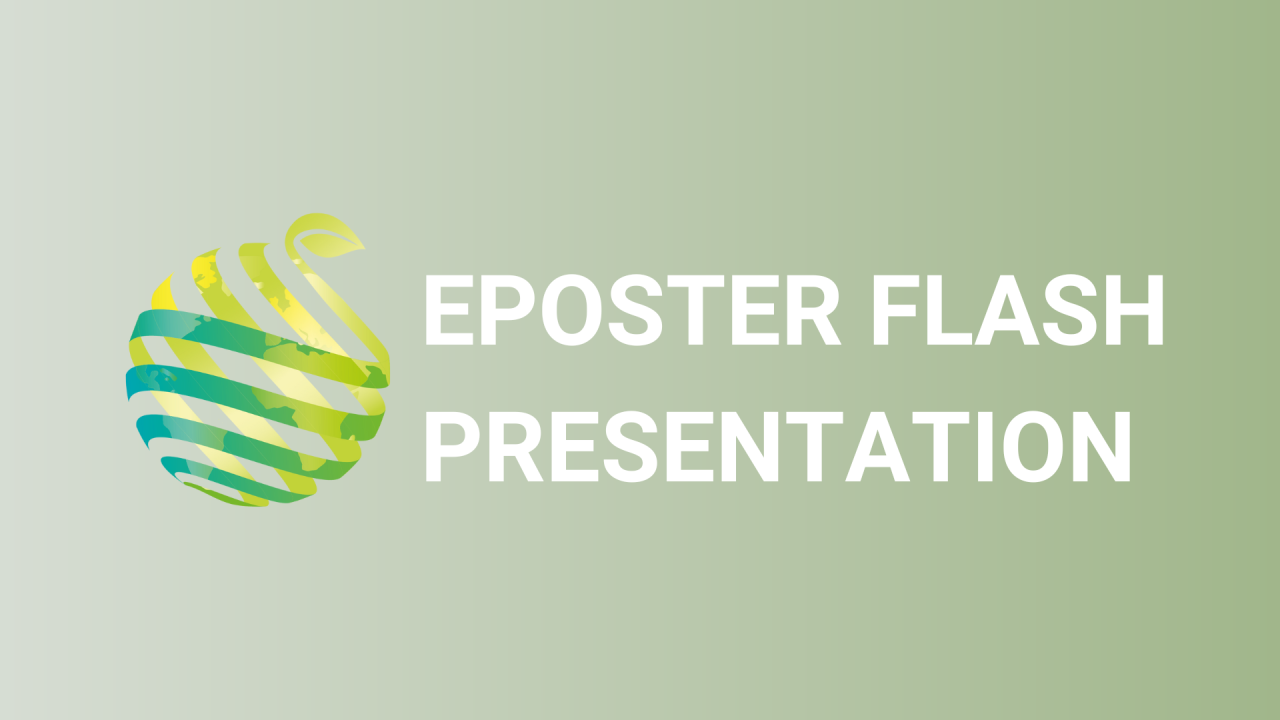

S23 - Session P9 - Machine vision to reduce fruit and nut loss
Information
Authors: Shahla Bai *, Michael Farrar, Helen M Wallace
Agriculture is undergoing a technological revolution with robotics and sensing technologies predicted to increase food security and decrease negative environmental impacts of food systems. Currently, food loss remains one of the major contributors to food insecurity, with one third of food produced for human consumption at present being lost or wasted. However, efforts in recent years have focused on increasing food production rather than decreasing food loss. Currently, technologies to detect food quality are destructive, require homogenised samples, and are laborious. Hyperspectral imaging has the potential to decrease fruit and nut loss by predicting rancidity and shelf life. We developed partial least squares regression (PLSR) models using hyperspectral images to predict rancidity (PV: peroxide value) in macadamia and canarium nuts and days to be ripened in avocado fruit. The coefficients of determination (R 2 ) and ratios of prediction to deviation (RPD) of the test set for PV were R 2 =0.72; RPD=1.66 in canarium and R 2 =0.91; RPD=2.44 in macadamia. Hyperspectral imaging also predicted Hass avocado's ripening time (shelf life) with an R 2 of 0.76 and the root mean squared errors (RMSE) of 1.20 days. Hyperspectral imaging has the potential to predict nut rancidity and avocado shelf life in real time.